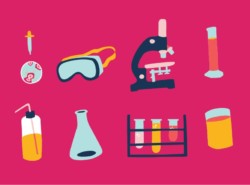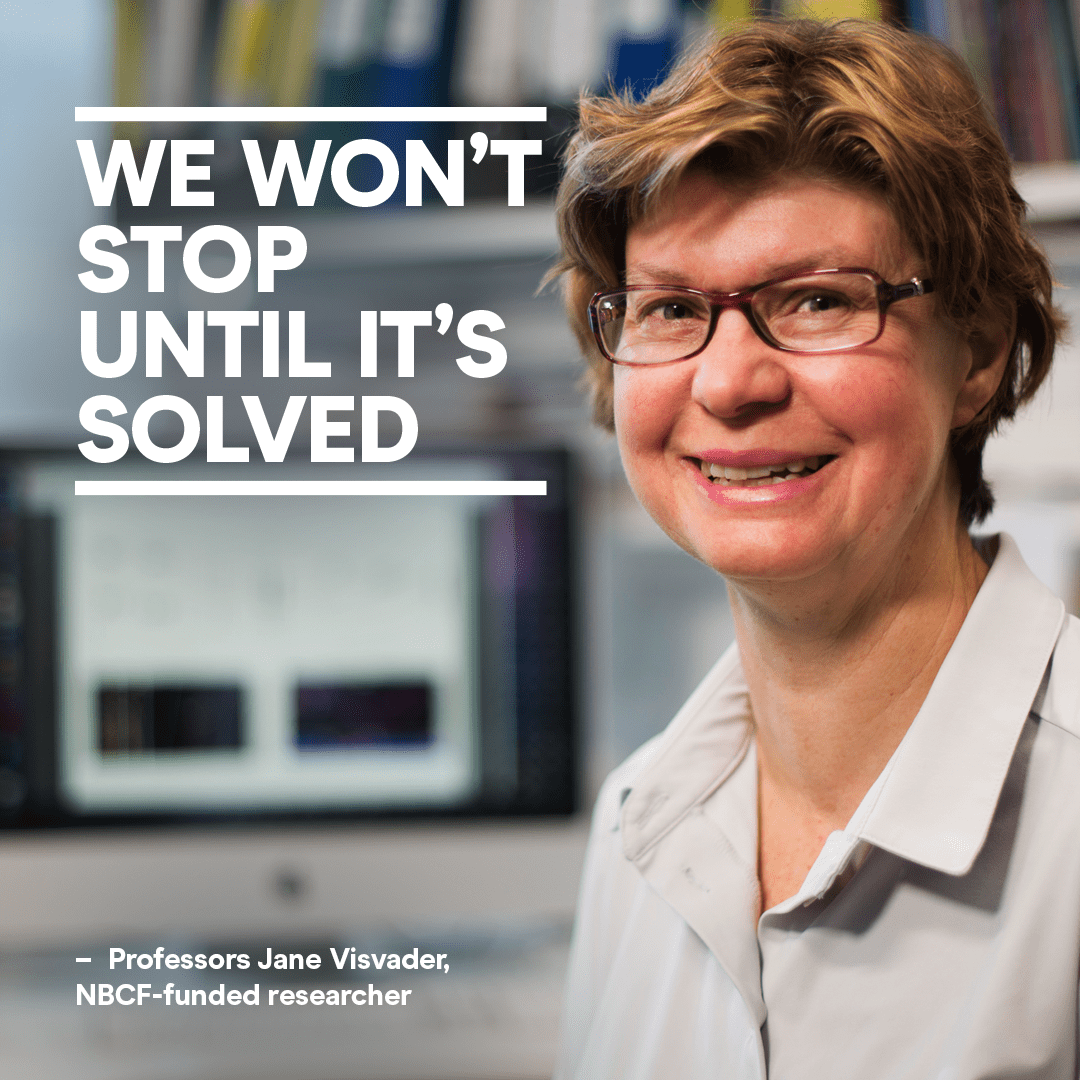
Deciphering the mechanisms that account for differences in treatment response between BRCA1/2 carriers versus non-carriers with triple negative breast cancer
Published: 10/9/19 1:48 AM

Jane Visvader
Some breast cancer patients receive pre-operative (‘neoadjuvant’) chemotherapy. This is used to shrink tumours, helping some patients avoid mastectomy. Neoadjuvant therapy is being increasingly used in research, as it provides a measurable readout for tumour response to therapy. A complete pathological response (pCR) (where all the invasive tumour is eradicated in the breast and lymph nodes) is an excellent prognostic sign, linked to a favourable outcome. Although pCR is a robust prognostic marker for patients with triple negative breast cancer (TNBC), it is not clear whether this is true for the subset of patients with BRCA1 or BRCA2 mutations.
Our collaborators at the Sheba Medical Center (Israel) have analysed a large cohort of women with TNBC who received neoadjuvant chemotherapy. Although BRCA1/2 carriers had higher pCR rates than non-carriers, this did not translate into improved outcomes. This unexpected finding has challenged the role of pCR as a predictor of response for BRCA1/2 carriers, and raised scientific questions on why outcome is worse than expected.
Our group has generated a large panel of ‘patient-derived xenografts’ (PDXs) of TNBC. These are powerful pre-clinical models, where patient tumours are grown in laboratory models, closely mimicking tumour behaviour in the patient. We will use PDX models to explore the genetic and cellular mechanisms that account for a seemingly good response but paradoxically poorer outcome in BRCA1/2 carriers. We hypothesise that this could be due to the presence of a subset of aggressive ‘cancer stem cells’ that account for relapse and inexorable growth of tumours.